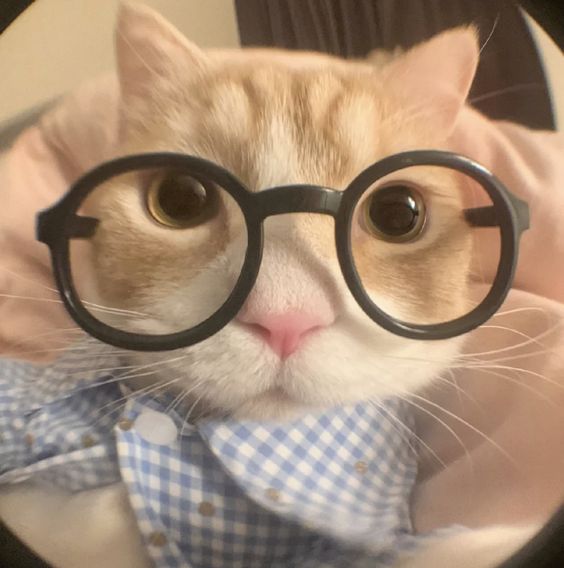Medsci
Cards (124)
- Parts of the excretory system
- Brain monitors the water content of the blood
- The kidney
- Parts of the excretory system
- Cleaning the blood
- Nephron
- Parts of the nephron
- Types of joint
- Gliding joints
- Hinge joints
- Enzymes
- Hinge joints
- Lock and key theory
- Chemical elements
- Induced fit theory
- Ball and socket joints
- Biological compounds
- Monosaccharides
- Cutter face
- Activation energy
- Sugar side chain
- Ball and socket joints
- Competitive inhibitors
- Fibrous/fused joints
- Non-competitive inhibitors
- Hydrophilic (polar) head of phospholipid
- Triose
- Fibrous/fused joints
- Increase in substrate concentration
- Hydrophobic (nonpolar) fatty acid tail of phospholipid
- Vertebral column
- Pentose
- Increase in substrate concentration
- Extrinsic protein
- Intrinsic protein
- Sliding filament theory of muscle contraction
- Intracellular enzymes
See similar decks
history medicine
20 cardsmedics through time
111 cardsmedieval medics
history > medicine > medieval medicine15 cardsmedicin
History44 cardsMEDICINE
81 cardsIssues facing in MEDCS
Geography16 cardsLa belle dame sans merci
Poems19 cardsMedieval medicin
Untitled16 cardsShanty towns
Geography > Issues facing in MEDCS4 cardsissues facing inner city areas
Geography > Issues facing in MEDCS7 cardschez le medicin
44 cardsLa belle dame sans Merci
English lit > paper 2 > poetry3 cardsmedieval medics
edexcell GCSE history > Medicine through time > Medival (1250-1500) > approaches to treatment and prevention3 cardsMedieval medics
Medicine through time > Medieval period7 cardsMedSci
27 cardswestern front
History > medicin44 cardsillnesses
History > medicin > western front14 cardsweapons
History > medicin > western front4 cardsbattles
History > medicin > western front4 cardsmedical
History > medicin > western front3 cardsMedsoc
15 cards
